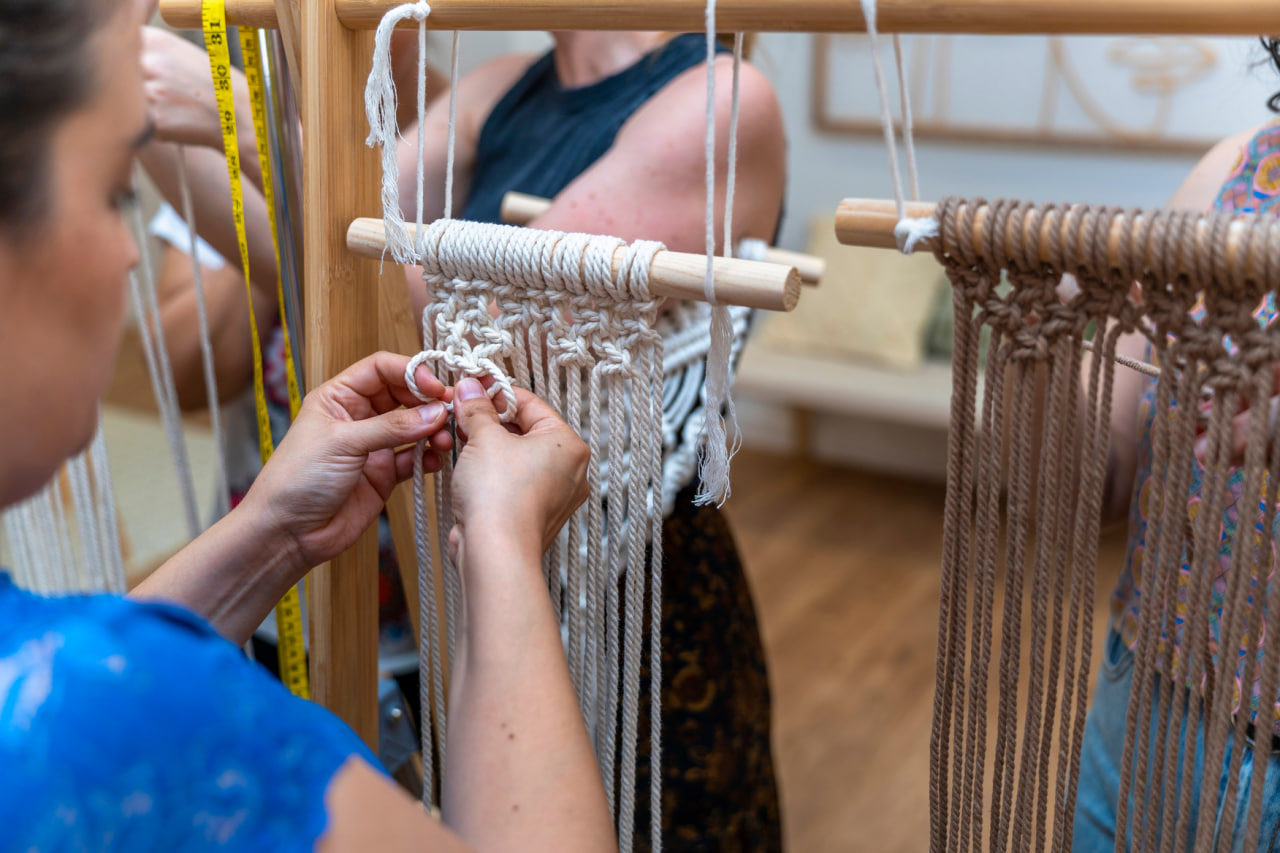How to Weave Wall Hangings for Modern Interiors
Wall hangings are more than simple decorations; they are expressive pieces of art that add warmth, personality, and texture to any room. In recent years, woven wall hangings have become a popular way to incorporate a handmade and natural aesthetic into modern interiors. Creating your own wall hanging is not only a rewarding craft but also a chance to design something unique that reflects your personal style.
Choosing Materials for Your Wall Hanging
The first step in weaving a wall hanging is selecting the right materials. Cotton warp thread provides a sturdy base, while the weft can be made from a variety of fibers such as wool, linen, or even recycled fabric strips. Beginners often enjoy experimenting with chunky yarns, which create bold textures and make progress more visible. For a modern look, consider mixing materials like metallic threads, roving wool, or natural fibers such as jute or hemp.
Preparing Your Loom
Whether you are using a simple frame loom or a larger tabletop loom, setting up the warp correctly is crucial. Stretch warp threads vertically across the loom, making sure they are evenly spaced and have consistent tension. This foundation will support your wall hanging and determine the overall balance of your design. A smaller loom is often more manageable for beginners, especially for wall hangings that don’t require a large scale.
Exploring Weaving Techniques
There are several basic weaving techniques that can be combined to create visual interest. The plain weave, where the weft goes alternately over and under the warp threads, forms the foundation of most wall hangings. Adding rya knots creates fringe or tassel-like textures, while the soumak technique introduces braided patterns. By mixing these techniques, you can create layers, shapes, and sections that stand out.
Experimenting with color blocking and geometric patterns is another way to give your wall hanging a modern appeal. Bold contrasts, pastel gradients, or even monochrome palettes can all complement different interior styles.
Adding Dimension and Texture
What makes woven wall hangings especially attractive in modern interiors is their tactile quality. Playing with textures elevates your work from flat fabric to a piece of art. Thick wool, fluffy roving, and looped stitches can create depth, while thinner yarns and tighter weaves balance the composition. Uneven edges and asymmetrical designs can also give your piece a contemporary, artistic touch.
Consider leaving fringes of different lengths at the bottom or sides for an organic and free-flowing look. Layering sections of varying thicknesses or inserting unconventional materials like beads or driftwood adds even more dimension.
Finishing and Displaying Your Work
Once the weaving is complete, carefully remove the wall hanging from the loom. Tie off and secure all ends to prevent unraveling. Most wall hangings are attached to a wooden dowel or branch, which also becomes part of the design. This adds a natural element and makes it easy to hang your piece.
When displaying the wall hanging, think about proportion and placement. Large, bold pieces can serve as focal points above a sofa or bed, while smaller hangings work well in groups or as accents in narrow spaces. Lighting also enhances texture, so consider placing your work where natural or soft artificial light can highlight the woven details.

